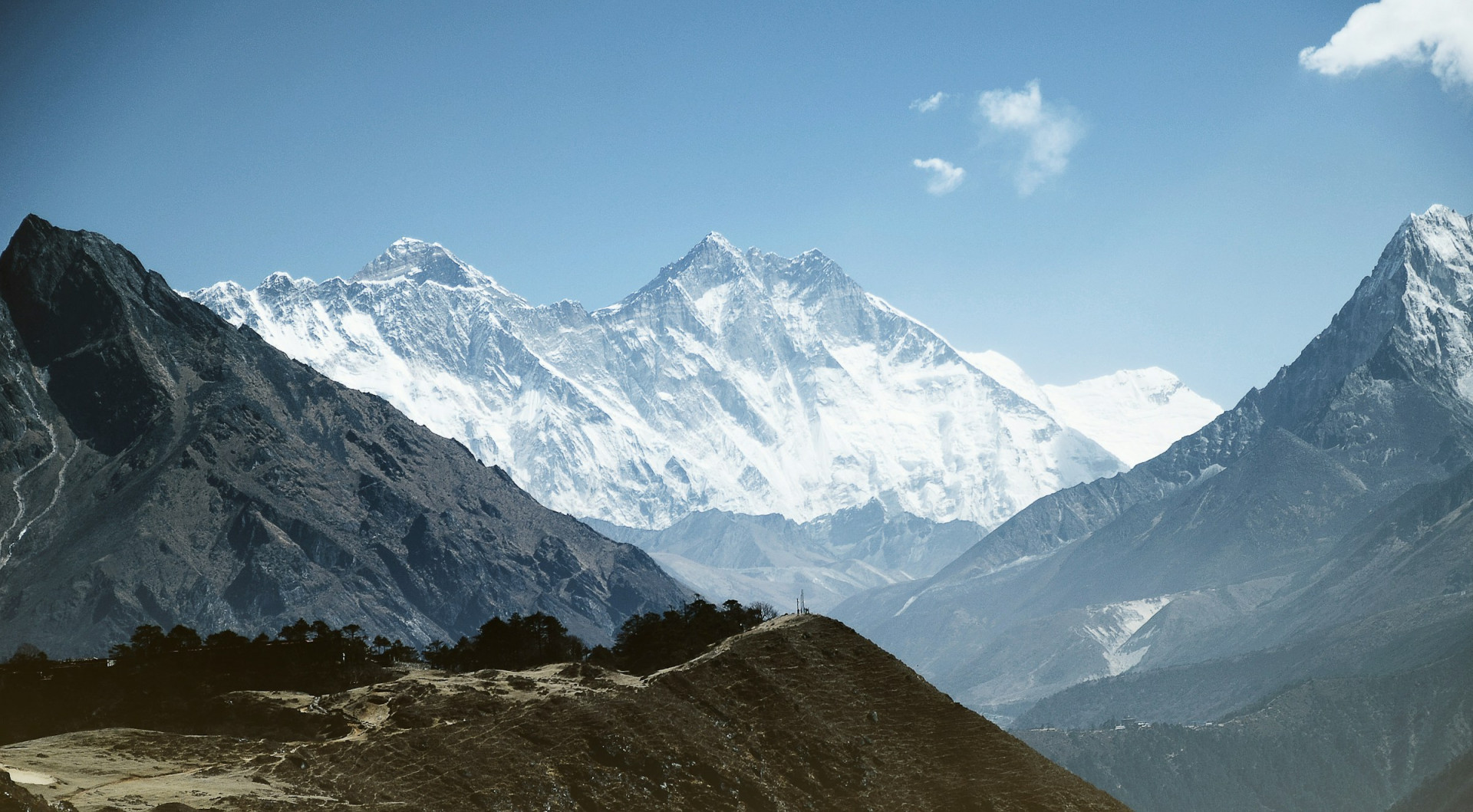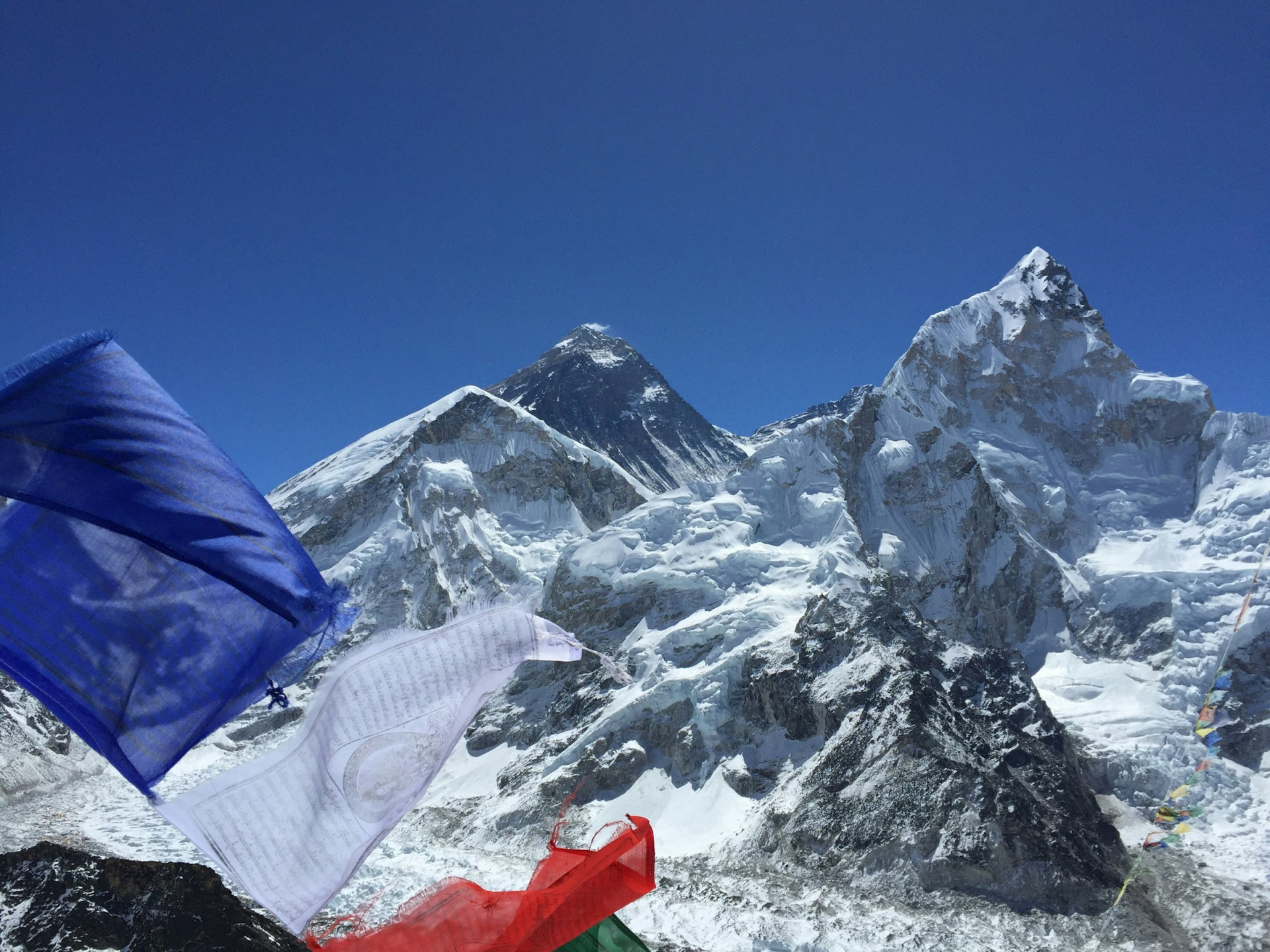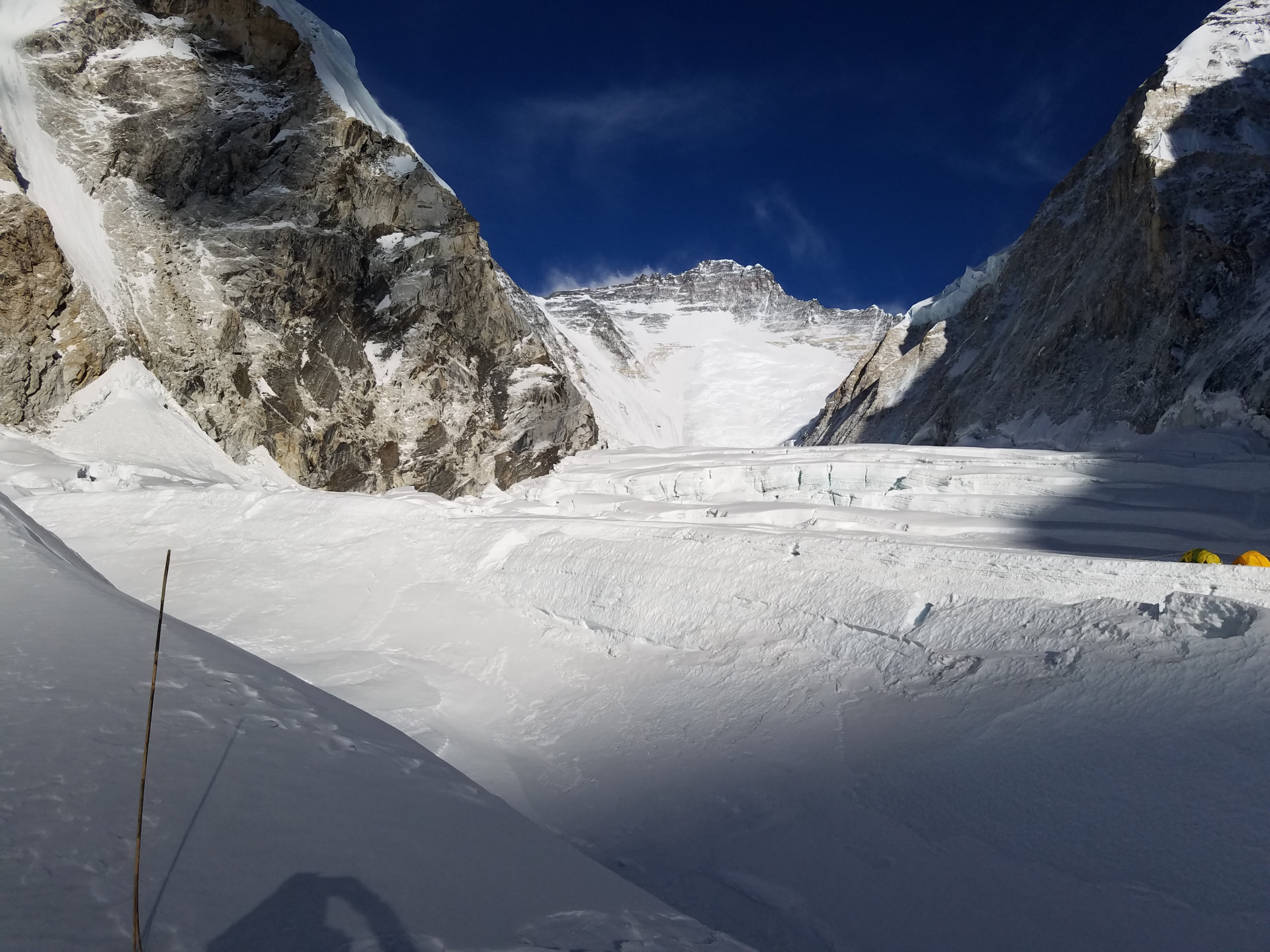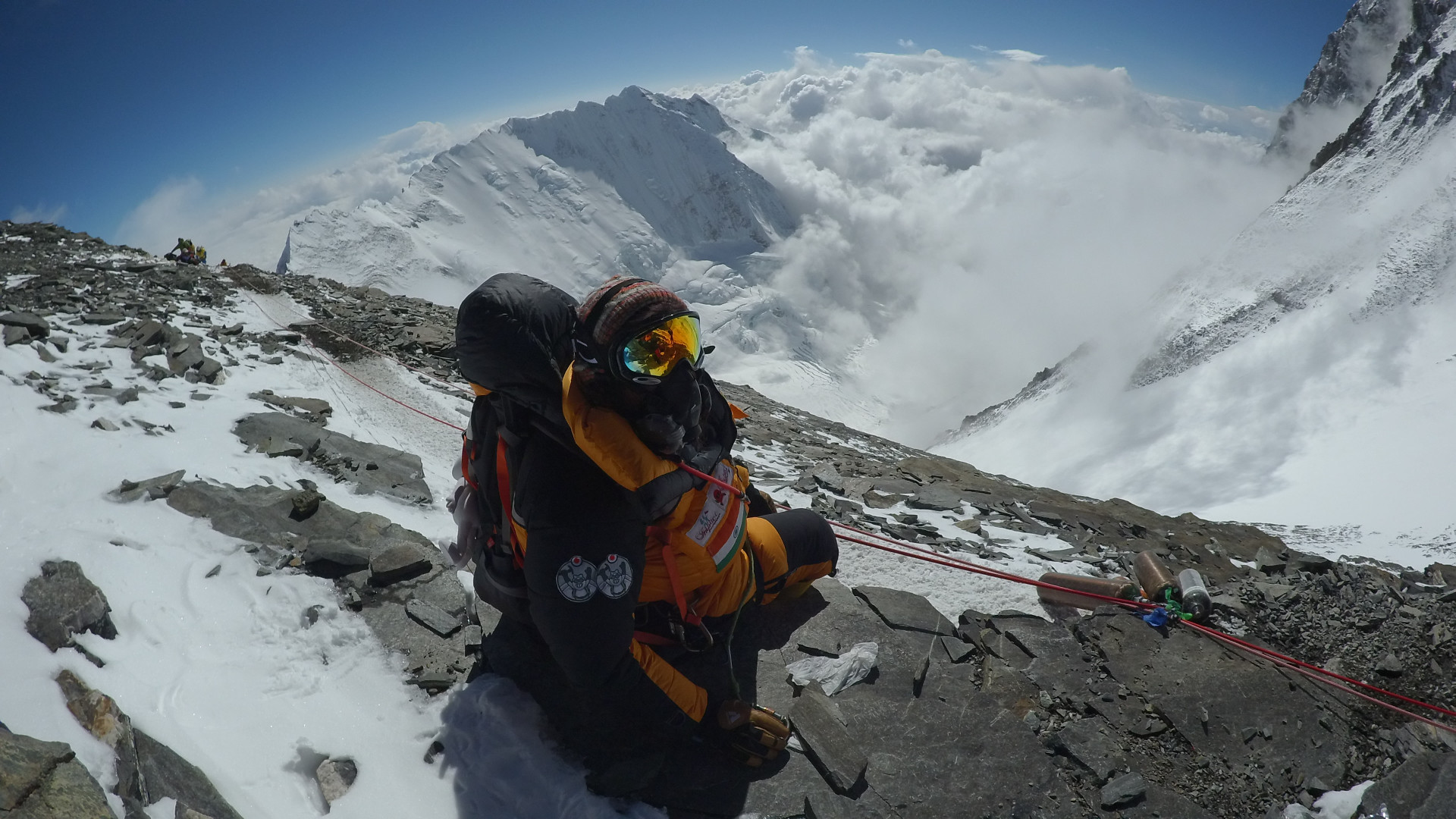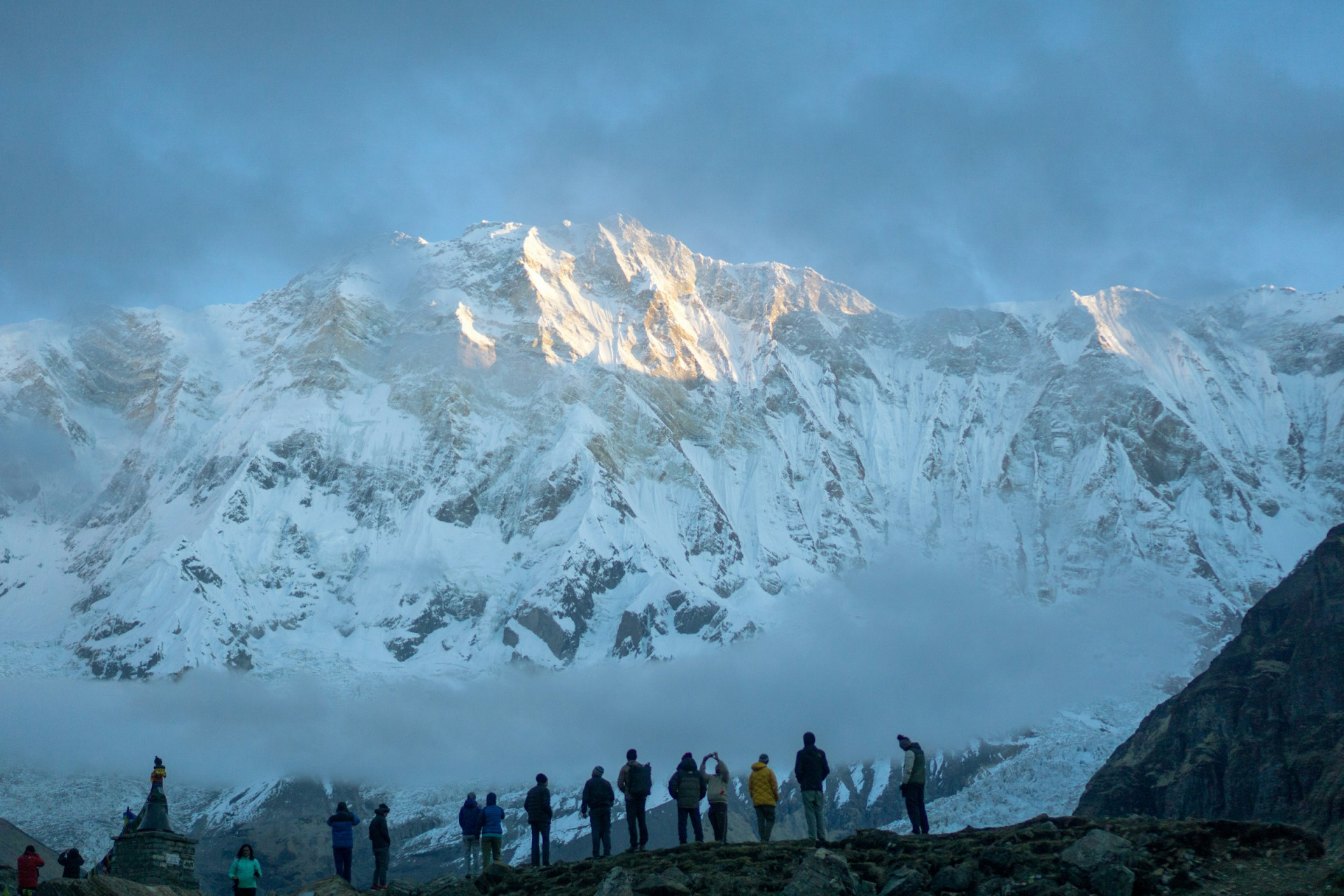Climbing Mt. Everest (8,848 meters) and Lhotse (8,516 meters) in a single expedition is a monumental challenge, demanding the highest level of mountaineering skill, physical fitness, and mental endurance. Both peaks are located in the Khumbu region of Nepal, with Lhotse situated immediately south of Everest, making it possible for climbers to attempt both summits in one expedition. Here are the key aspects of this combined climb:
Technical Difficulty
Everest: The standard route via the South Col involves traversing the Khumbu Icefall, the Lhotse Face, and the Hillary Step. Each section presents significant technical challenges, including navigating through crevasses, steep ice slopes, and exposed rock sections.
Lhotse: The climb from the South Col to the Lhotse summit is steep and involves technical rock and ice climbing, especially the final couloir, which is known for its narrow and steep ascent.
High Altitude
Everest: At 8,848 meters, Everest is the highest peak in the world, requiring climbers to acclimatize carefully to avoid altitude sickness. The climb involves spending significant time in the "death zone" (above 8,000 meters), where the air is thin and oxygen levels are extremely low.
Lhotse: As the fourth highest mountain, Lhotse also requires climbers to acclimatize effectively. The summit push from the South Col (shared with Everest) means climbers will again enter the "death zone," necessitating strong acclimatization and physical readiness.
Physical and Mental Stamina
Combined Climb: Attempting both peaks in a single expedition is a test of ultimate endurance. Climbers must be in peak physical condition to handle the prolonged exposure to high altitude and the physical demands of continuous climbing. Mental fortitude is crucial to overcome fatigue, stress, and the psychological challenges posed by extreme environments.
Acclimatization Strategy
Everest and Lhotse: Proper acclimatization is critical for success. Climbers typically follow a rotation strategy, moving up and down the mountain between base camp and higher camps to adapt their bodies to the altitude. The shared route up to the South Col facilitates acclimatization for both peaks.
Logistics and Support
Base Camp Setup: Establishing a well-equipped base camp is essential for managing supplies, rest, and communication. Climbers rely on Sherpas for logistical support, including setting up camps, carrying loads, and fixing ropes.
High Camps: Multiple high camps are established on both mountains. Camp IV on Everest at the South Col serves as a common staging point for summit attempts on both peaks.
Weather and Seasonal Window
Optimal Climbing Season: The best time for climbing Everest and Lhotse is during the pre-monsoon (April to May) and post-monsoon (September to October) periods. Stable weather is crucial for summit attempts, but climbers must be prepared for sudden changes and extreme conditions.
Route and Climbing Schedule:
Summit Push: The summit push for Everest typically starts from Camp IV on the South Col, with climbers aiming to reach the summit in the early morning hours to avoid afternoon storms. After descending to the South Col, climbers can rest and then proceed to attempt Lhotse.
Summit to Summit Transition: Climbing Lhotse after summiting Everest involves a descent back to the South Col, followed by a climb up the Lhotse Face to the summit couloir. This transition requires careful timing and energy management.
Safety Considerations
Risks and Hazards: Both mountains pose significant risks, including avalanches, crevasses, icefall collapses, and extreme weather. Climbers must be vigilant and prepared to turn back if conditions become unsafe. Comprehensive risk management and adherence to safety protocols are essential.
Environmental and Cultural Experience
Khumbu Region: The journey through the Khumbu region offers stunning views of the Himalayas and a chance to experience the rich culture of the Sherpa people. The trek to Everest Base Camp, passing through villages like Namche Bazaar and Tengboche, adds a unique cultural dimension to the expedition.
Summit Achievement
Double Summit: Successfully summiting both Everest and Lhotse is a rare and remarkable achievement in the mountaineering world. It represents the pinnacle of high-altitude climbing and is a testament to a climber's skill, determination, and resilience.

